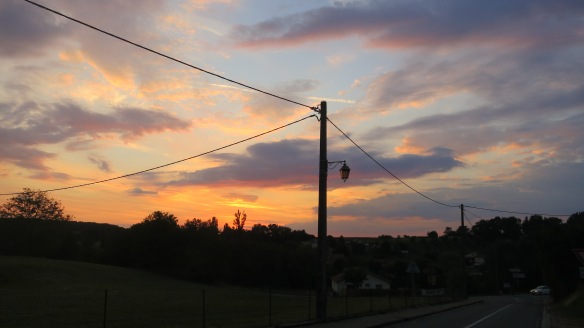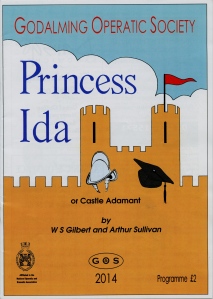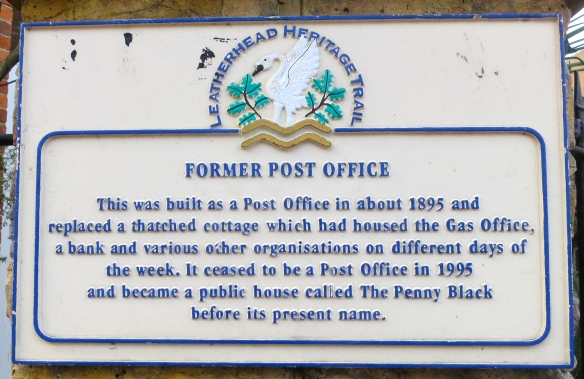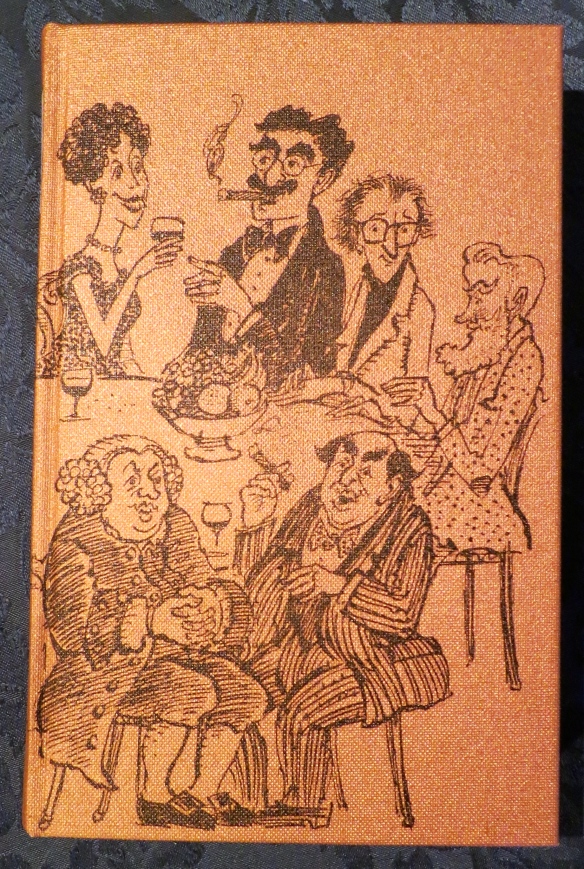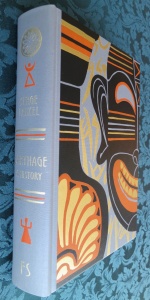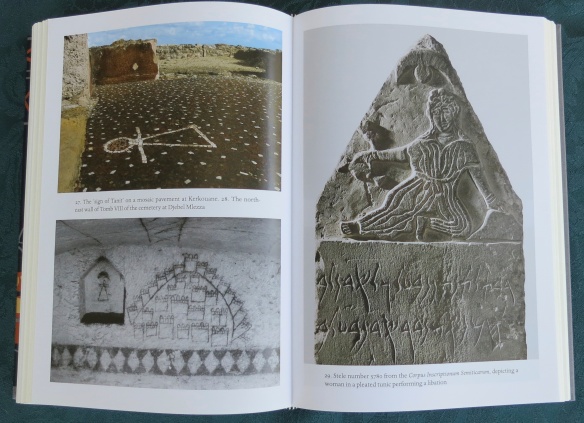 Last night I finished reading the Folio Society’s edition of Ernst Junger’s ‘Storm of Steel’. This is the story of the author’s experiences throughout the First World War. So many talented writers did not survive ‘the war to end all wars’ – which of course it didn’t – that it is miraculous that such a great one came through alive with no more than twenty or so scars. Junger’s simple, beautifully descriptive, language is the result of decades of polishing and reworking his young man’s diary notes. He was nineteen when he arrived in France in 1914. Not just another war memoir, the book is a true work of literature. I have not read anything else of his, but I understand he became an acclaimed writer. He does not take a stance. He merely describes what he sees and feels. He could have been on either side.
Last night I finished reading the Folio Society’s edition of Ernst Junger’s ‘Storm of Steel’. This is the story of the author’s experiences throughout the First World War. So many talented writers did not survive ‘the war to end all wars’ – which of course it didn’t – that it is miraculous that such a great one came through alive with no more than twenty or so scars. Junger’s simple, beautifully descriptive, language is the result of decades of polishing and reworking his young man’s diary notes. He was nineteen when he arrived in France in 1914. Not just another war memoir, the book is a true work of literature. I have not read anything else of his, but I understand he became an acclaimed writer. He does not take a stance. He merely describes what he sees and feels. He could have been on either side.
In his translator’s introduction Michael Hoffman is critical of earlier translations. He has himself no doubt improved upon them and has contributed to my enjoyment of this work.
Next time Dave and Gladys recommend a walk, I think I’ll just make a few polite noises and forget about it. This morning I was happily setting out on the trek I’d previously taken with Matthew and Oddie when I met them striding down past Furzey Gardens. They had been up to the garage on the A31 for their newspaper, and asked me if I’d seen the lakes. I hadn’t, so they told me about them and how to get to them.
It tends to become a little complicated when two people offer one directions at once. Especially if they are slightly at odds. I don’t want anyone to get the impression that what follows was the fault of our neighbours. I am quite capable of going slightly awry without any help. But, having crossed Forest Road, I wasn’t all that sure how far I should travel along the footpath to the right before I turned left. I did get the bit about looking down over the valley, but somehow I didn’t realise the valley should be on my left, not my right. So I turned left a little too soon and took a diagonal down the slopes.
The predicted rain held off until after I had returned home, but, on this dull, yet sultry, day my shirt became as wet as if it had not.
I did travel hopefully in search of the lakes. Gladys had said I would come to Acres Down, where I knew there was a ford. But I didn’t. Not before I was tempted through a gate and up past some inclosures. By that time I realised I must surely have skirted Acres Down. But I didn’t imagine quite by how much.
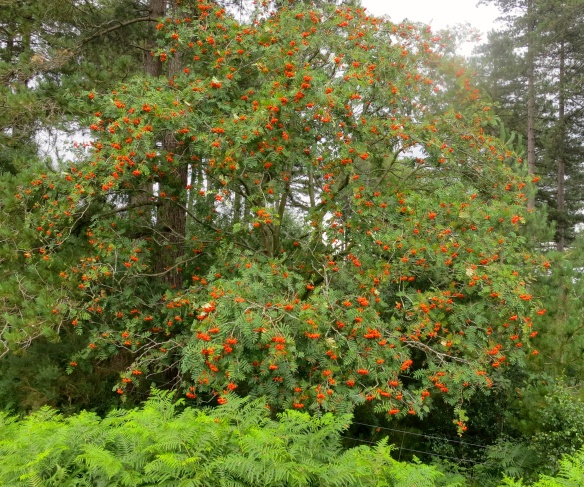
Nevertheless I enjoyed the walk along the paths of heath and woodland. Rowan trees were in berry; bracken was turning brown; and heather was coming into bloom. Ponies chomped away and a bird I could not identify from its sound called from the undergrowth. It kept well out of sight.
bracken was turning brown; and heather was coming into bloom. Ponies chomped away and a bird I could not identify from its sound called from the undergrowth. It kept well out of sight.

It was fascinating, and perhaps should have been a little alarming, to see how far away was the A31 that I had been walking alongside some time earlier. When the photograph is enlarged, a yellow lorry in central far distance pinpoints the road.
This area was, as is sometimes the case, rather criss-crossed with footpaths.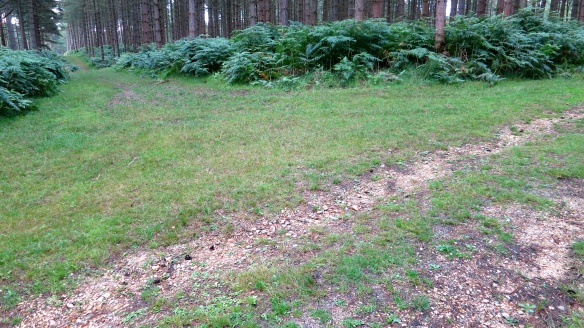 Unfortunately they are not signposted, so there is a fifty percent chance that the average person will, when faced with a choice of direction, turn the wrong way. In my case of course it is one hundred percent likely.
Unfortunately they are not signposted, so there is a fifty percent chance that the average person will, when faced with a choice of direction, turn the wrong way. In my case of course it is one hundred percent likely.

Eventually I did come to a bridge over untroubled water.  This surely couldn’t be Dave’s lakes. If so they must have dried up a bit. Beyond this I saw the gate, went through it, and climbed up through fir trees and past several inclosures, one of which I thought I recognised from a walk with Berry. Well I would, wouldn’t I? They all look the same.
This surely couldn’t be Dave’s lakes. If so they must have dried up a bit. Beyond this I saw the gate, went through it, and climbed up through fir trees and past several inclosures, one of which I thought I recognised from a walk with Berry. Well I would, wouldn’t I? They all look the same.
At last I came to a road I knew I certainly didn’t recognise. Just to my left I discovered a Canadian War Memorial.  A large wooden cross stood in the centre of a collection of smaller ones, some having attached photographs of those young Canadians who gave their lives in the conflict of the Second World War.
A large wooden cross stood in the centre of a collection of smaller ones, some having attached photographs of those young Canadians who gave their lives in the conflict of the Second World War.  Regular services of remembrance seem to have ceased, but someone replenishes poppies. Was it quite by accident that I had stumbled upon a remembrance of those sacrificed in the second great conflagration of the twentieth century, to follow the completion of Ernst Junger’s autobiographical record of the first? I certainly gave my thoughts for a while to that second multitude of young men who never had a chance to reach my age. Will the human race ever learn?
Regular services of remembrance seem to have ceased, but someone replenishes poppies. Was it quite by accident that I had stumbled upon a remembrance of those sacrificed in the second great conflagration of the twentieth century, to follow the completion of Ernst Junger’s autobiographical record of the first? I certainly gave my thoughts for a while to that second multitude of young men who never had a chance to reach my age. Will the human race ever learn?
From here I had no idea which way to turn. A New Zealander was standing in the bracken near his car relieving himself. As I approached he climbed into the driving seat and started up the engine. I waved and asked him if he had any idea where we were. He didn’t. A couple of cyclists were more help. They got out their map and demonstrated, to my horror, that I was at Bolderwood. I knew that was some distance from home, but didn’t know quite how far. I walked to the Bolderwood Tourist Information Centre where I was shown a map and told I was three or four miles from Emery Down. I knew that Minstead was two and a half miles from there. I’d already walked for over two hours. That was enough. I rang Jackie who came out to collect me.
Whilst I waited for my chauffeuse I had plenty of time to study the map. I hadn’t gone far enough along the first path to reach the lakes. The rather dried up stream beneath the bridge I had walked across looked like Long Brook.
When we arrived alongside The New Forest Inn at Emery Down, we realised we had probably found a route around the summer log-jam that is Lyndhurst.
Jackie’s mixed meat stew followed by rhubarb and gooseberry crumble and custard, provided our evening’s sustenance. I drank more of the Roc des Chevaliers.
 Yesterday evening I read Charles Saumarez Smith’s 2010 introduction to The Folio Society’s edition of Kenneth Clark’s 1956 study, ‘The Nude’. Later, I began the book itself. As is my wont, I will comment on the work when I have finished reading it, but here I reproduce the binding illustration. Both the back and front boards are illuminated with Jean-Auguste-Dominique Ingres’ magnificent 1808 oil painting, La Baigneuse de Valpincon.
Yesterday evening I read Charles Saumarez Smith’s 2010 introduction to The Folio Society’s edition of Kenneth Clark’s 1956 study, ‘The Nude’. Later, I began the book itself. As is my wont, I will comment on the work when I have finished reading it, but here I reproduce the binding illustration. Both the back and front boards are illuminated with Jean-Auguste-Dominique Ingres’ magnificent 1808 oil painting, La Baigneuse de Valpincon.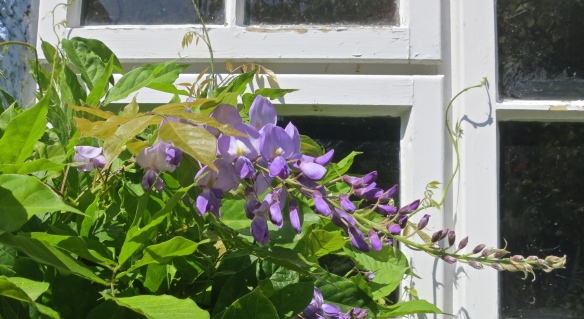 Healthy new shoots have been burgeoning all summer. The first blooms have now arrived.
Healthy new shoots have been burgeoning all summer. The first blooms have now arrived.
